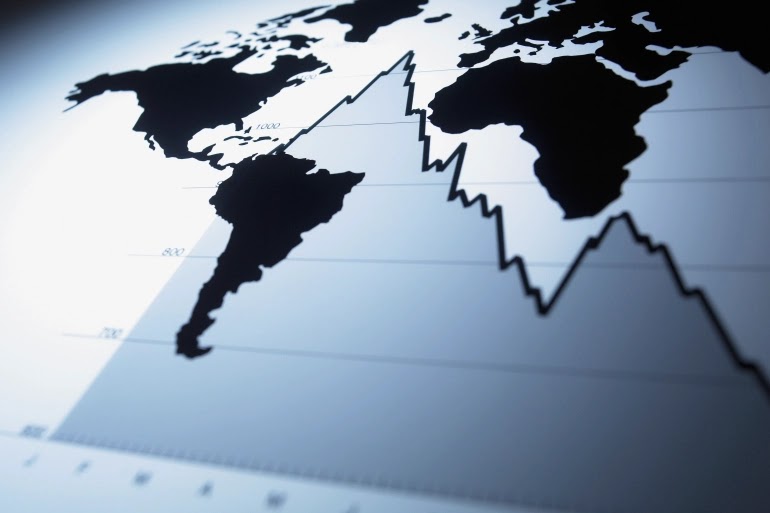After a decade of worries about inadequate demand and spending power in the aftermath of the global financial crisis, signs of insufficient supply are now emerging. A lack of goods, services and people means that red-hot demand is increasingly met slowly or not at all.
In this report, the Economist, the British magazine, said There are already signs that supply bottlenecks may lead to nasty surprises which could upset the post-pandemic recovery.
Nowhere is supply shortages more severe than in the United States, where a boom is underway, and consumer spending is growing at more than 10% at an annual rate, while people have spent more than $ 2 trillion in additional savings accumulating in the past year.
The boom creates two types of bottlenecks, the first of which is related to supply chains, where there has been a shortage of everything from wood to semiconductors, the cost of shipping goods from China to the United States has tripled, and companies have not reported delays from suppliers in such a severe way for decades.
The second kind of bottleneck is in labor markets. In April America created only 266,000 jobs, many fewer than the 1m or more that had been expected. Yet job vacancies are at all-time highs, and so firms are struggling to fill positions.
Economists argue over whether generous unemployment benefits are giving people a reason not to look for work. It also takes time for people to move from dying industries to growing ones.
With demand rising versus shortage of supply, inflation has come into the spotlight. In April, US consumer prices rose 4.2% year-on-year, compared to 2.6% in March.
This partly reflects the fundamental impacts (oil prices are as high as they were in 2019, but 272% higher than they were in April 2020). This also reflects a real fundamental increase in world prices, and factory delivery prices in China are rising at the fastest rate in more than 3 years.
Central banks insist that the maximum stimulus must continue for fear of jeopardizing the nascent recovery, and in this regard, Lyle Brainard, a member of the Federal Reserve, said the rise in inflation as the economy reopens will be largely temporary.
Fed Chairman Jerome Powell sees no cause for concern. The Fed will bear inflation somewhat above target for some time, in part because it expects prices to decline soon, and so do many forecasters.
But this approach carries a number of risks, the first of which is that inflation is slowly fading away, as supply bottlenecks in the early stage of the epidemic in 2020 quickly disappeared, but there is no guarantee that this will happen now. Inflation expectations may also rise if people think that central banks will act slowly and too late.
interest rates
Many companies are now discussing inflation with their investors, and bond market traders believe the Fed will have to act sooner than it wants, and in fact, former governor Bill Dudley, fears the Fed will have to raise interest rates to 4.5% to make the economy easier. Stabilizes.
This indicates the risk of sharp interest rate hikes destabilizing the markets, the magazine reported, and so far, the main event has been the massive sell-off of tech stocks, which is manageable.
Sources:
- https://www.economist.com/leaders/2021/05/15/the-coming-global-economic-boom-could-have-a-sting-in-the-tail

